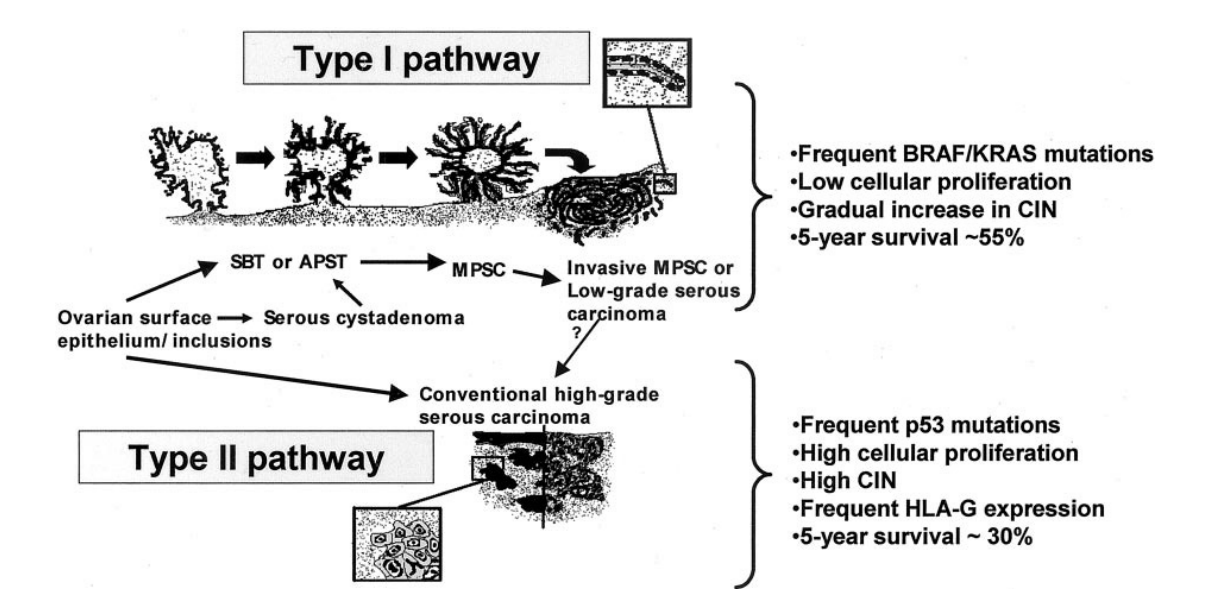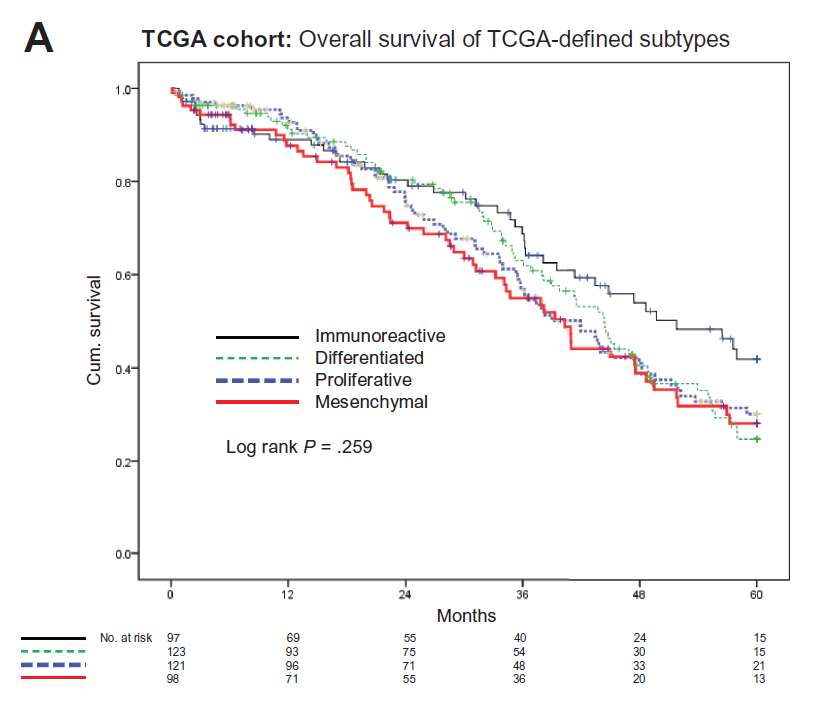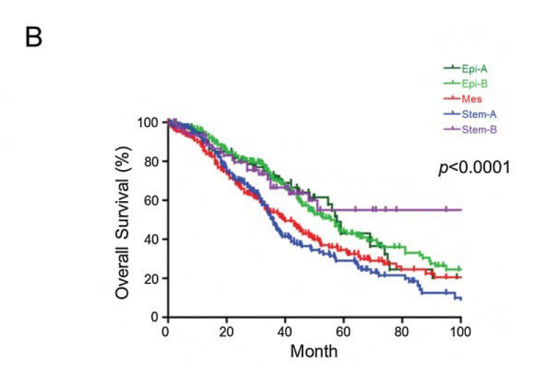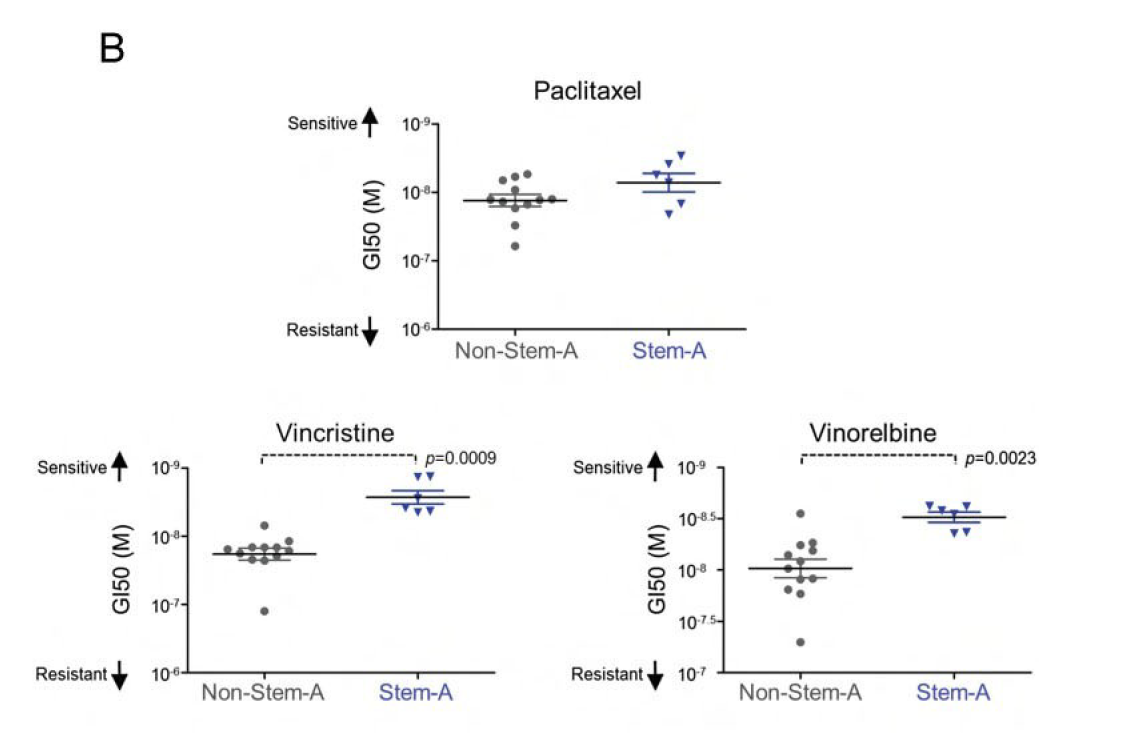Current location: Home > NEWS > Industry news
NEWS
PRODUCTS
From traditional classification to molecular classification, looking at the precise treatment of ovarian cancer
News source: Release time:[2022-10-17]
Background
According to the latest IARC 2020 global cancer burden data, ovarian cancer is the eighth most common cancer in women worldwide in terms of the number of new cases and deaths, and the tenth most common cancer in Chinese women in terms of the number of new cases and ninth in terms of the number of deaths. In 2020, 55,342 new cases and 37,519 deaths occurred in China, making ovarian cancer one of the leading causes of death among gynecologic cancer patients.
With the rapid development of genomics and the application of technologies such as gene chips and sequencing, more and more studies have shown that ovarian cancer, like other malignancies, is a group of highly heterogeneous diseases with different molecular phenotypes, pathogenesis and different prognosis. For ovarian cancer classification, from traditional WHO histological staging binary classification to molecular classification, more accurate treatment and prognosis assessment can be provided for ovarian cancer patients.
Traditional classification
The traditional classification of epithelial ovarian cancer is mainly WHO histological classification, which classifies epithelial ovarian cancer into 5 main histological subtypes based on histopathological, immunophenotypic and molecular genetic alterations, including high-grade plasmacytoma (70%), endometrioid adenocarcinoma (10%), clear cell adenocarcinoma (10%), mucinous adenocarcinoma (3%) and low-grade plasmacytoma (<5%).
Dualistic Model
With the advancement of technology and continuous research on ovarian cancer in the medical community, it was found that a single traditional classification was not a good predictor of prognosis. shih et al. initially established a binary model after extending the two-level classification proposed by Singer et al. to other histological types. This model classified epithelial ovarian cancer into type I and type II based on clinical and pathological observations and molecular features.

Pathways of ovarian cancer development
Molecular classification
Targeted diagnosis and treatment that takes full account of the heterogeneity of malignant tumours on a molecular basis has clearly become the future direction of malignant tumours, and precise classification based on the molecular level is the basis for achieving personalized diagnosis and treatment.
In 2008, a study performed miRNA gene expression profiling microarrays on 285 ovarian endometrioid and plasmacytic carcinomas, identified six subtypes (C1 to C6). C1 (highly mesenchymal responsive), C2 (highly immunogenic), C4 (low stromal responsive) and C5 (mesenchymal, low immunogenic) were considered to be the characteristic of high-grade plasmacytic ovarian carcinomas. subtypes C3 and C6 were respectively plasmacytic LMP and low-grade early endometrioid tumours predominate.
In 2011, the TCGA study group analysed 489 high-grade plasma ovarian cancer samples and classified high-grade plasma ovarian cancer into four types: proliferative, mesenchymal, immune and differentiated. The immune type had the best prognosis while the mesenchymal type had the worst prognosis.

Survival in the four subtypes of the TCGA cohort
However, the above studies were conducted using high-grade plasma ovarian cancer as a sample and molecular classification was performed using high-grade plasma ovarian cancer as a feature, the applicability to all histological types needs to be further investigated.
A study established a new molecular classification based on the gene expression patterns of 1538 epithelial ovarian cancers (1335 plasma, 96 endometrioid, 27 mucinous, 25 clear cell and 55 others). Epithelial ovarian cancer was classified into five subtypes: EPI-A, EPI-B, MES, STEM-A and STEM-B. Each subtype had significantly different clinicopathological features, altered signalling pathways and different prognosis. STEM-A had a poorer prognosis but was more sensitive to treatment with the microtubulin inhibitors vincristine and vinorelbine.

Survival of the five subtypes

STEM-A subtype versus other subtypes for drug sensitivity
Science Summary
Molecular classification of epithelial ovarian cancer has achieved remarkable results and is gradually being applied in the clinical setting, which has far-reaching implications for personalized and precise treatment and improved prognosis of ovarian cancer patients, which have promising applications. There is currently no Unified molecular classification and no large clinical studies to support the molecular classification, but due to the need for personalized and precise treatment of ovarian cancer, more precise classification of ovarian cancer is an essential part of guiding patient treatment and assessing prognosis.
——This article is intended to provide scientific information to medical professionals only and does not represent the views of this platform
Reference
1.Singer G, Kurman RJ, Chang HW, Cho SK, Shih IeM. Diverse tumorigenic pathways in ovarian serous carcinoma. Am J Pathol. 2002 Apr;160(4):1223-8.
2.Shih IeM, Kurman RJ. Ovarian tumorigenesis: a proposed model based on morphological and molecular genetic analysis. Am J Pathol. 2004 May;164(5):1511-
3.Tothill RW, Tinker AV, George J, Brown R, Fox SB, Lade S, Johnson DS, Trivett MK, Etemadmoghadam D, Locandro B, Traficante N, Fereday S, Hung JA, Chiew YE, Haviv I; Australian Ovarian Cancer Study Group, Gertig D, DeFazio A, Bowtell DD. Novel molecular subtypes of serous and endometrioid ovarian cancer linked to clinical outcome. Clin Cancer Res. 2008 Aug 15;14(16):5198-208.
4.Cancer Genome Atlas Research Network. Integrated genomic analyses of ovarian carcinoma. Nature. 2011 Jun 29;474(7353):609-15.
5.J Natl Cancer Inst. 2014 Sep 30;106(10):dju249.
6.Tan TZ, Miow QH, Huang RY, Wong MK, Ye J, Lau JA, Wu MC, Bin Abdul Hadi LH, Soong R, Choolani M, Davidson B, Nesland JM, Wang LZ, Matsumura N, Mandai M, Konishi I, Goh BC, Chang JT, Thiery JP, Mori S. Functional genomics identifies five distinct molecular subtypes with clinical relevance and pathways for growth control in epithelial ovarian cancer. EMBO Mol Med. 2013 Jul;5(7):1051-66.
7. Tan Fangchun, Li Li Research progress in molecular typing and clinical application of ovarian cancer [J] Cancer Prevention and Treatment Research, 2018, 45 (2): 4